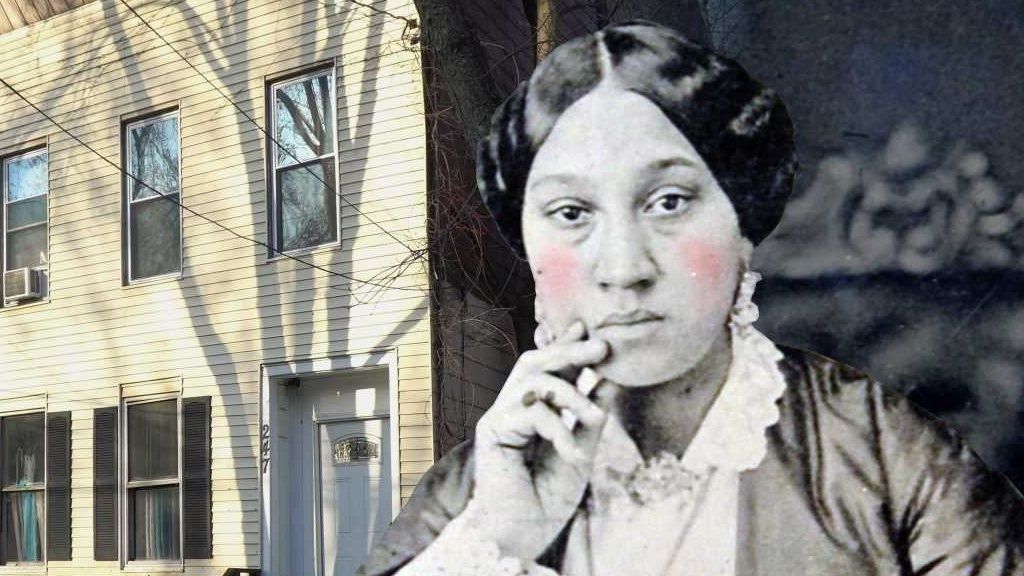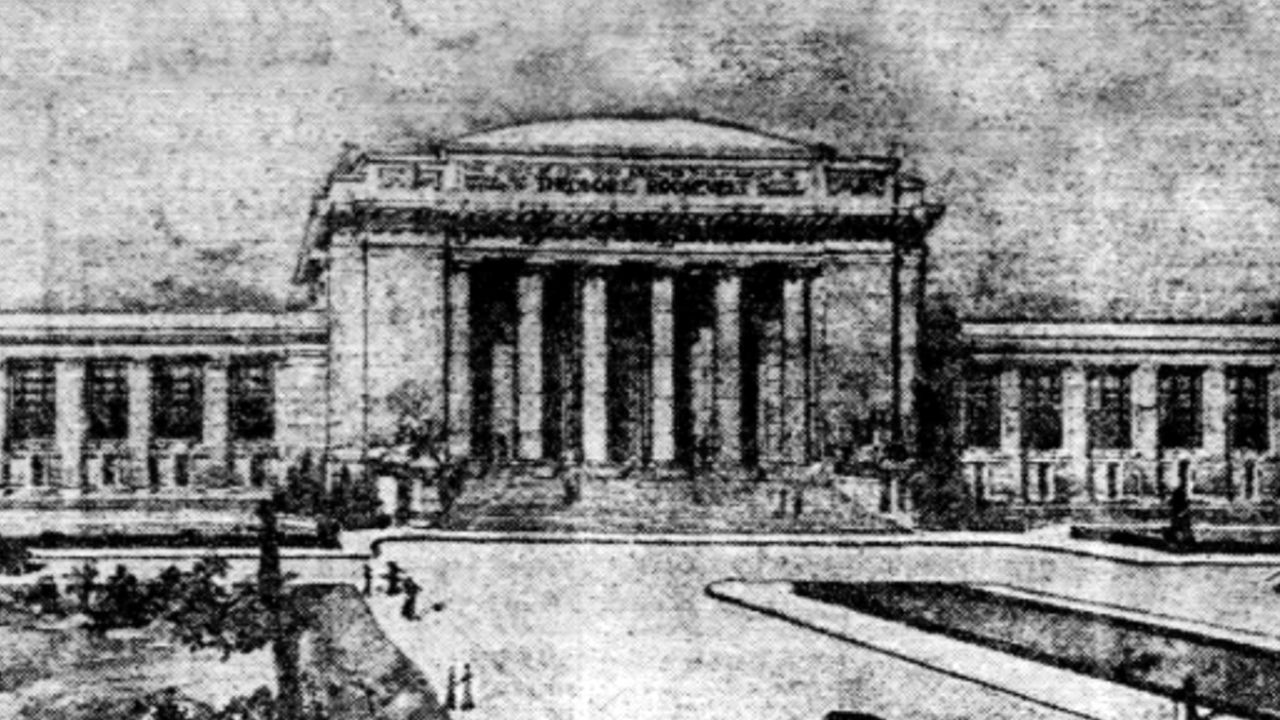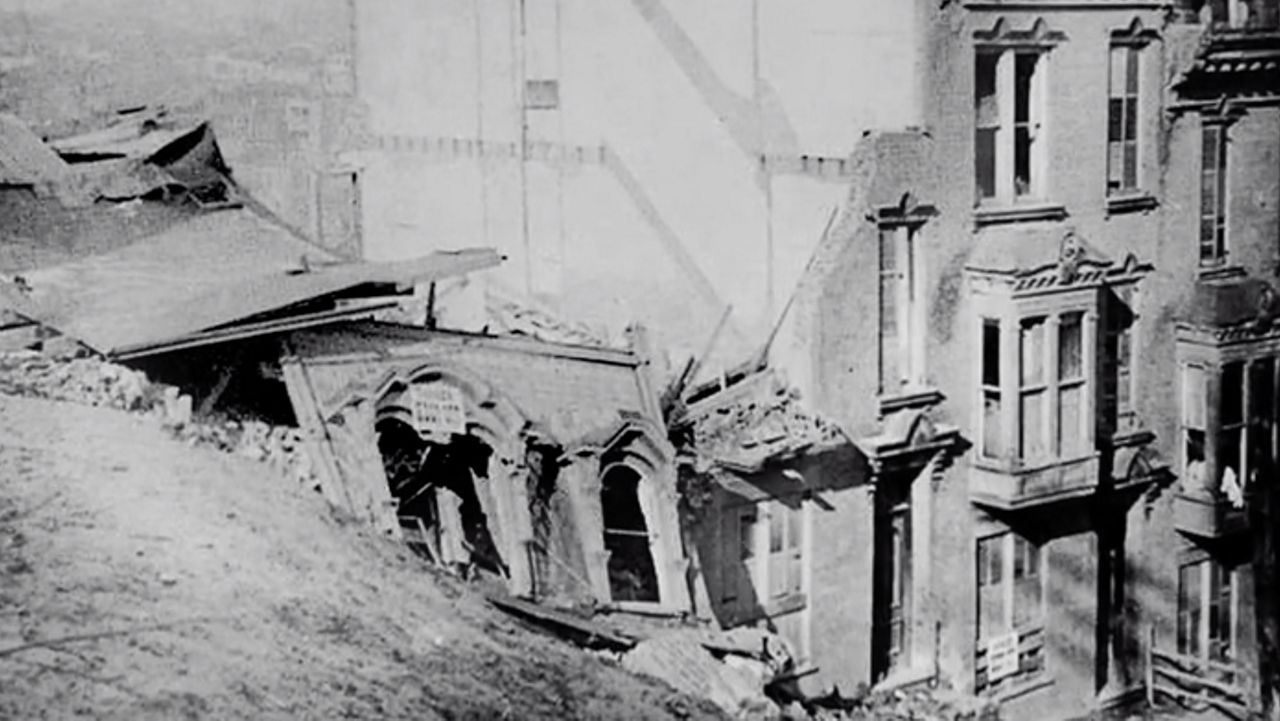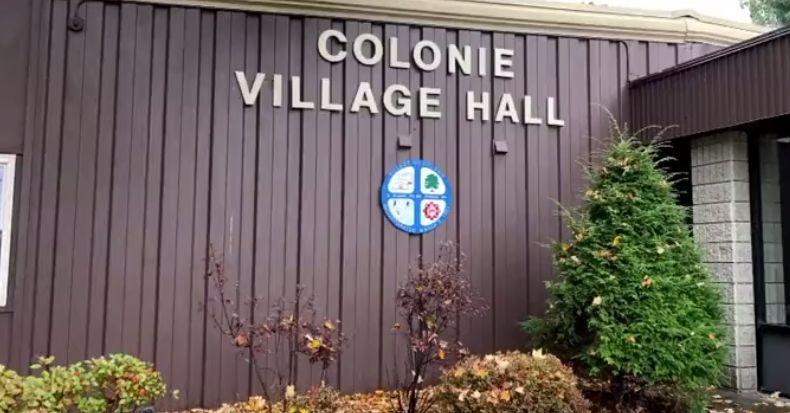ALBANY, N.Y. -- In the middle of Albany, sits the city's crown jewel. Washington Park, with its breathtaking views, historic monuments and wide open green space, but the area wasn't always like this.
"Particularly around here, it was all city owned and there was use, some of it was privately owned. There was a brewery further down, but what was mainly here from right along where we're walking was State Street Burial Grounds.
Washington Park was once a cemetery. And not a small one either. If you broke it down, the burial grounds sat on roughly half of the park's footprint from the Knox Street Mall to Englewood Place.
"It was divided in long strips. And the strips divided you as Methodist, or Catholic or 'strangers,'" said Jack McEneny, former assemblyman and Albany historian. "It filled up. When this was a much smaller city and the city kept doubling in size right up until the time of the Civil War. And people were concerned because they were filled with the deceased."
The dead weren't the only problem.
"These enormous four blocks were totally neglected," said McEneny. "There was a large fence around it. There were problems with the young hooligans, if you want, having battles and what have you in the abandoned space at nighttime. Inside the fence were gang wars. Seriously, it was a problem."
By the mid-1800s, times were changing. Albany Rural Cemetery had opened and people were traveling to Menands to walk the grounds because it had a beautiful park feel to it. Albany leaders it was time they made their own.
"The whole idea of a central park that would bring in the neighborhoods, it would bring in the wealthy people as well as those who were impoverished. That was a wonderful idea and the idea hit after the Civil War."
The only thing left to do was move over 40,000 bodies out of the new Washington Park.
"Anybody who had a family plot would be told that their remains would be brought together. A wooden box would be created. It would be a community burial with the skeletons."
Most of the remains were moved to Albany Rural Cemetery where they still live today. But could a they have left a few bodies behind and only moved the headstones?
"I think it would be probable," said McEneny. "No question."










